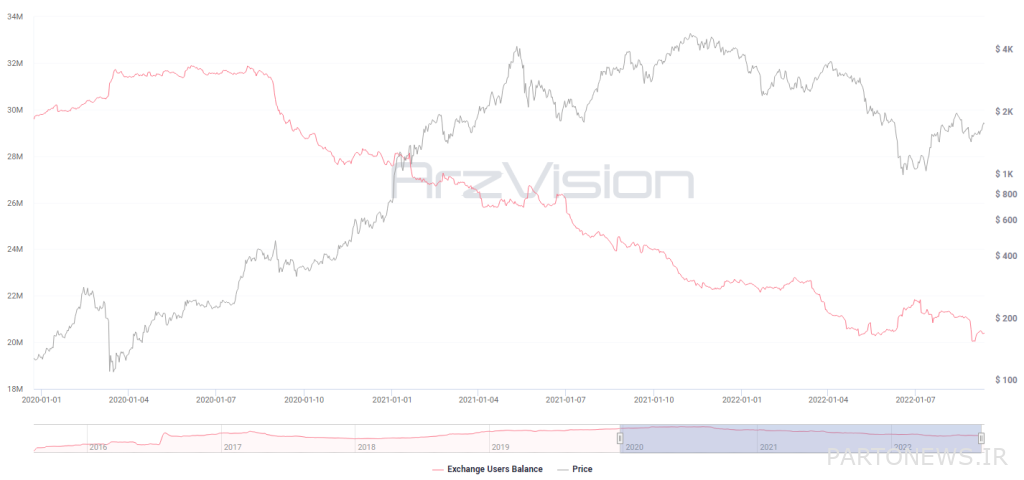Can Ethereum become a better store of value than Bitcoin?

Ethereum plays a more important role in the growth of the DeFi ecosystem than being a means of storing value like Bitcoin. As a result, contrary to the attractiveness of Ethereum becoming an anti-inflationary asset and a tool for storing value, holding it among a large part of investors can jeopardize the development of the blockchain and even the security of the network.
To Report CryptoSlate, according to its (on-chain) data analysis, to hold (HODL) is the dominant behavior of investors across the Ethereum network before a merger event. The aging of the coins held by Ethereum investors suggests that most of them are reluctant to sell their holdings at this point in time.
Less than 60% of Ethereum ecosystem investors are people who have held their ethers for more than a year. In contrast, investors who have held their assets for the same period make up 80% of Bitcoin holders.
However, we are now seeing an increase in the volume of 7-year Ethereum holders (dark blue part in the chart below). The emergence of the first group of 7-year holders, who now own more than 2% of the Ethereum supply, can be seen from July 28 (August 7).
Since Ethereum mined its first block in July 2015 (Tir 94), the coins that haven’t moved in 7 years are probably the Genesis Coins that never moved. The number of 7-year holders is expected to continue to grow over time, as some of these investors entered the Ethereum ecosystem during the 2017 cryptocurrency market boom.
Ethereum, unlike Bitcoin as a tool for store of value not known However, data from China suggests that owners of 2% of Ethereum’s circulating supply don’t think so. Depending on how the network performs after the Merge update, Ethereum could be anti-inflationary in nature, which would lend further credence to the store of value theory.
Read more: What are inflationary and anti-inflationary assets?
Bitcoin Internal swelling It has 1.7%, while Ethereum has Negative inflation It is 4%, which makes its inflation rate about 6% lower than Bitcoin. However, Ethereum has wide applicability throughout its ecosystem, so if there isn’t enough Ethereum available to users due to investor holdings, the network’s performance will suffer.
swelling It is a tool designed to encourage people to spend. If Ethereum becomes an anti-inflationary asset, there will be little incentive to transact on the network.
In addition, in the middle of 2020, there were about 32 million Ethereum in the exchanges, which decreased to 20 million Ethereum 2 years later. The number of long-term holders, the inflation rate, and the supply available on exchanges are important long-term trends to understand. Supply and demand dynamics We need them.


